.
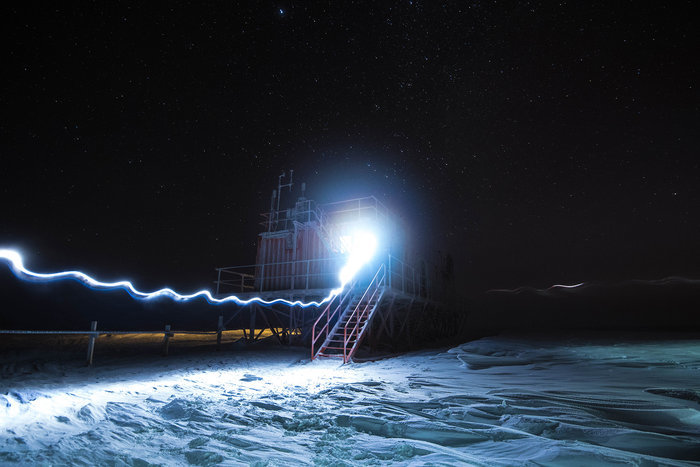
This modified container in Antarctica is part of the Franco–Italian Concordia research station and is used to store snow samples –and with temperatures regularly below –70°C no extra refrigeration is required. The environment around the mountain plateau does not get much more alien than this.
ESA-sponsored medical doctor Beth Healey is spending nine months in Concordia to run experiments for ESA in preparation of space exploration missions.
As Concordia lies at the very southern point of Earth, the Sun does not rise above the horizon in winter and does not set in summer. The crew must live without sunlight for four months of the year. At 3200 m above sea level in the world’s largest desert, the air in Concordia is very dry and holds less oxygen.
With three weeks of darkness to go, Beth ventured outside with Italian scientist Giampietro Casasanta to collect and store samples. Giampietro is doing glaciology research while Beth is searching for extremophiles – organisms that can survive the extreme conditions found in Antarctica and on other planets or comets.
The trail of light in this image is from Giampietro’s headlamp as he walked to the container, captured by the camera's long exposure.
.
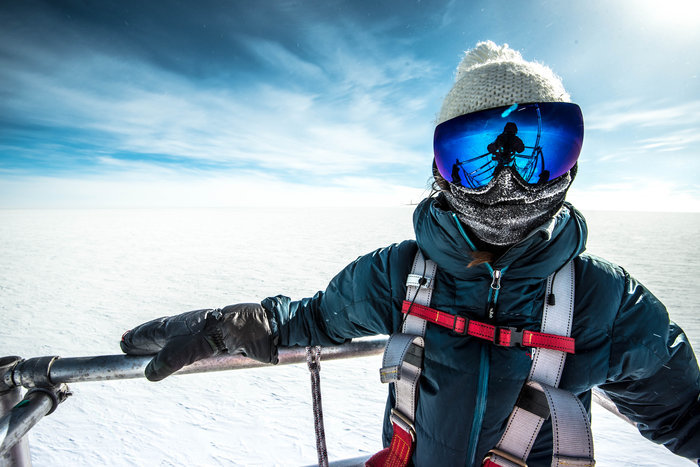
ESA-sponsored medical doctor Beth Healey at the Concordia station in Antarctica. Beth will monitor five experiments that are helping to prepare for long-duration missions to explore our Solar System. Living in Concordia is similar in many ways to living in space, where crews are cut off from the world without normal sunlight and live in reduced pressure – Concordia station lies 3200 m above sea level.
From searching for life that could survive in these extreme conditions to monitoring how the crew of 13 interact and cope with living in close quarters, Beth will have her hands full as the crew maintain the station and perform Antarctic science for the French and Italian polar institutes.
...
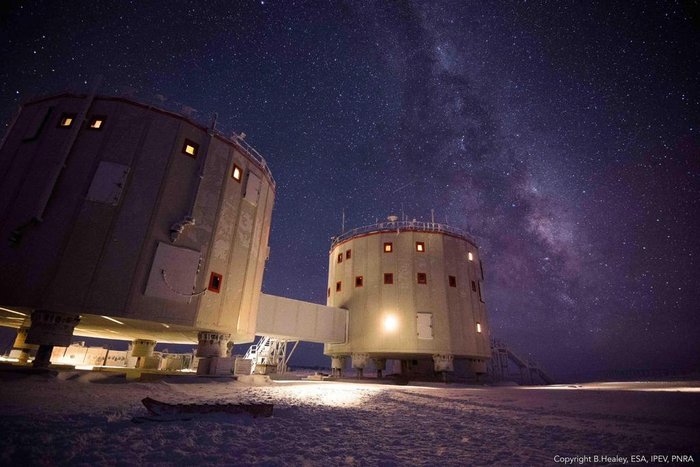
Concordia research station in Antarctica is a place of extremes. In winter no sunlight is seen for four months and the typical crew of twelve live in complete isolation.
ESA sponsors a research medical doctor each year to study the effects of living in isolation. The extreme cold, isolation, sensory deprivation and remoteness make living in Concordia similar to living on another planet.
...
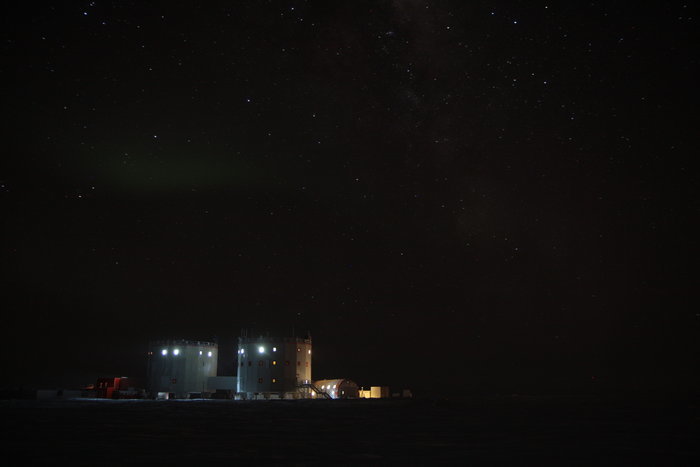
Concordia research station in Antarctica is a place of extremes. In winter no sunlight is seen for four months and the typical crew of twelve live in complete isolation.
ESA sponsors a research medical doctor each year to study the effects of living in isolation. The extreme cold, isolation, sensory deprivation and remoteness make living in Concordia similar to living on another planet.
...
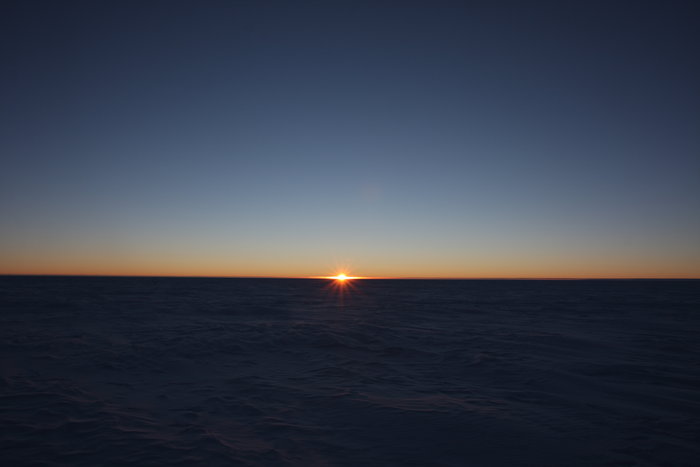
Concordia research station in Antarctica is a place of extremes. In winter no sunlight is seen for four months and the typical crew of twelve live in complete isolation.
After four months of darkness the return of the Sun is a welcome sight.
ESA sponsors a research medical doctor each year to study the effects of living in isolation. The extreme cold, isolation, sensory deprivation and remoteness make living in Concordia similar to living on another planet.
...
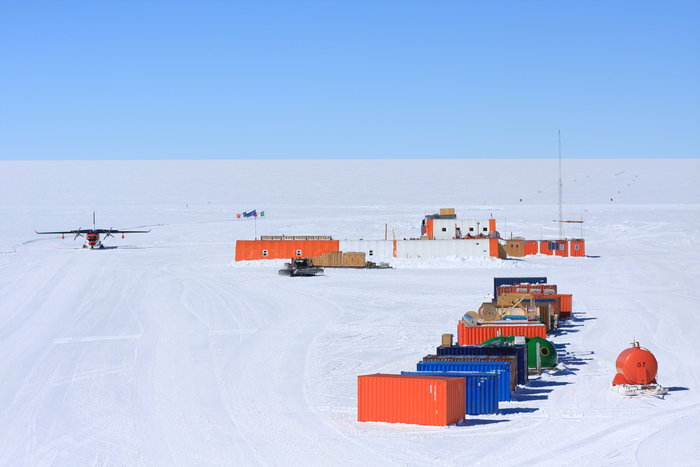
Concordia research station in Antarctica is a place of extremes. In winter, no sunlight is seen for four months and the typical crew of 12 live in complete isolation. In summer, the Sun stays above the horizon and over 60 scientists arrive at the base.
During ‘summer camp’, aircraft take off on an almost daily basis. Concordia becomes a hubbub of activity as researchers from disciplines as diverse as astronomy, seismology, human physiology and glaciology descend to study in this unique location.
...
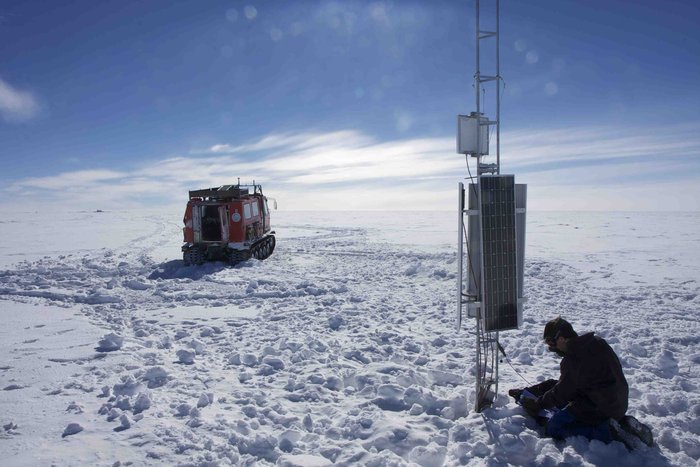
A Concordia crew member inspecting scientific equipment near the Antarctic base.
ESA sponsors a medical research doctor in Concordia to study the effects of isolation in preparation for future missions.
Quelle:ESA
4865 Views
